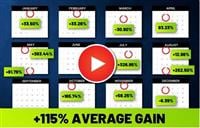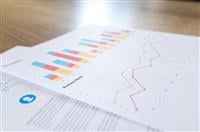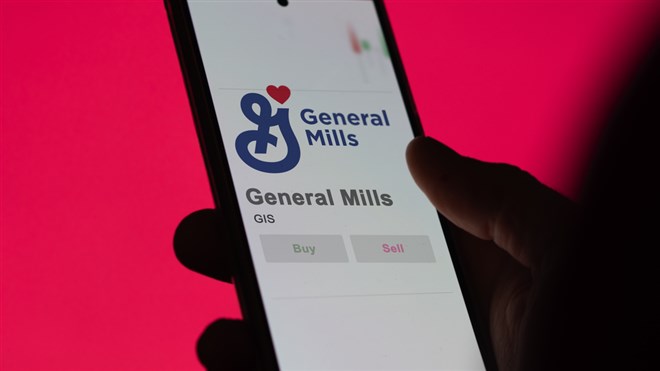Ticker Reports for September 4th
Why Dick's Could Be a Slam Dunk for Your Investment Portfolio
Dick’s Sporting Goods (NYSE: DKS) can compete with the likes of Walmart (NYSE: WMT) and Target (NYSE: TGT) and continue to gain market share because of its quality. Not all of the sporting goods products in Walmart and Target are poor quality, but many are; sporting enthusiasts who know the difference and like choice choose Dick’s—seen in the results. The results from Q2 are good, better than expected, and include improved guidance, but the takeaway is that guidance appears cautious.
The company expects growth to continue and has raised its expectations for comp store sales. Still, it failed to match the most optimistic estimates by Wall Street analysts, a headwind for share prices today. The opportunity for investors is that this high-quality retail name is supported by secular trends that will lead its stock price to new highs in 2025, if not by the end of this year because it tends to outperform guidance and consensus estimates.
Among the causes for concern displayed by retailers across the board, possibly impacting Dick’s outlook, is the upcoming election and its potential impact on consumer spending. While the election poses a risk, the FOMC is bigger, poised to lower interest rates and create a tailwind for economic activity. Either way, Dick’s will continue to produce solid cash flows, pay dividends, buy back shares, and build shareholder equity, a slam-dunk combination for buy-and-hold investors.
Dick’s Builds Value for Investors in Q2
Dick’s had a solid quarter in Q2, with comps outpacing consensus at 4.5%, driven by increased traffic and ticket sizes. The company reported $3.47 billion in net revenue, up 7.8% YoY and 11.5% in the two-year stack, outpacing the consensus reported by MarketBeat by more than 100 basis points. The results include the impact of an expected calendar shift and a single net new store but were strong enough to lead management to improve the guidance for a second time this year.
Sales strength was compounded by internal efficiencies and high-quality execution, driving leveraged bottom-line results. The gross margin improved by 230 basis points, and SG&A deleveraged by 80, leaving EBIT and net income up 48% and the adjusted earnings up by $0.55 YoY. Adjusted earnings of $4.37 also outpaced the consensus by $0.51 or 1300 basis points and the top-line strength by more than 1000 basis points. That is a critical detail because Dick’s Sporting Goods cash flow and capital return are central to the investment thesis, driving significant value for investors.
Guidance is mixed, with revenue and earnings short of consensus. The salient details are that analysts had set the bar high, and the improved earnings outlook is up 160 basis points at the midpoint, implying acceleration from the previous year. The company expects annual growth to accelerate to over 6% in 2025 compared to the 5% growth posted for fiscal 2023.
Dick’s Robust Capital Returns Will Continue in 2024 and 2025
Dick’s cash flow allows for a substantial capital return worth an annualized 6.5%, including share buybacks. The primary return is the buybacks, which slowed in Q2 but were sufficient to offset share-based compensation and aid a 4.5% decrease in the average quarterly share count. The dividend is currently worth about 1.9%, with shares near record highs, and is safe and reliable at 35% of the earnings. The company has increased the distribution annually for nine consecutive years and will likely do so again at the end of F2024.
Regarding the balance sheet, highlights include a cash reduction offset by increased inventory, receivables, and total assets. Debt is flat compared to last year; liability is up slightly. However, leverage remains low with total long-term obligations, including debt running at 1.4x equity, long-term debt at 0.5x equity, and less than 1x cash. Equity is up 11% YTD and will likely grow as the year progresses.
Dick’s Slips Following Q2 Results
The share price in DKS stock fell slightly following the Q2 release but remained above a critical support target. That target is the 30-day EMA, which will likely provide support if reached. If not, DKS shares could fall to the $220 level or lower, where they would present a deeper value. Analysts rate this stock at Moderate Buy and have been raising their price targets all year. They see it trading above the consensus $242 reported by MarketBeat, a 10% gain from the $220 level and an all-time high when reached. A move to new highs would be significant, potentially triggering a move to $290 or higher.
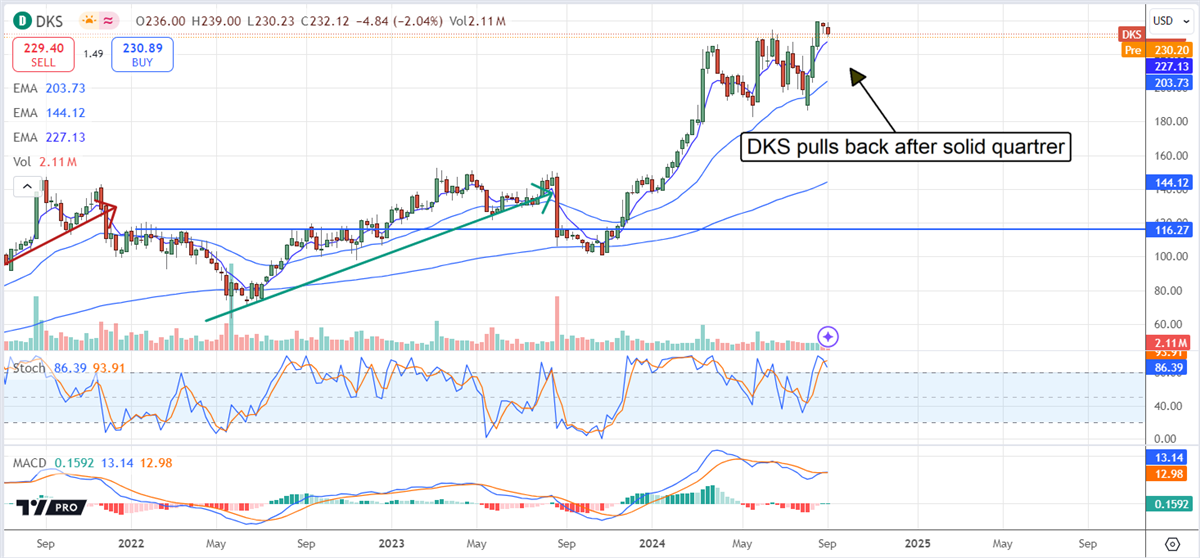
Do NOT Day Trade (Do THIS instead)
Forget day trading (especially in markets like these).
Trade OVERNIGHT instead!
I've uncovered a shocking way to take 100% certain events (mandated by the U.S. Government)...
Introduction to Fibonacci Retracement Levels
Two emotions rule financial markets: fear and greed. Fear can arise when a stock position is losing money, and greed rears its head when a stock position is making money. The fear of missing out (FOMO) on a potential winner can trigger both emotions. People tend to react when fear or greed builds up too much tension, and investors tend to pull the trigger at the worst moments, like stopping out of a position at the lows or chasing positions at the highs. These reactions happen so often that they can be measured mathematically with Fibonacci retracement levels.
The Fibonacci Series Is Found in Nature
Leonardo Fibonacci was an Italian mathematician who created the Fibonacci sequence. The sequence is derived by adding the prior prime number starting with 1. The sequence goes 1, 2, 3, 5, 8, 13, 21, and so forth. This series of numbers was often found in nature, like flower petals or the growth of branches on a tree.
Deriving the Golden Ratio From the Fibonacci Series
If you divide the prior number into the forward number or vice versa, a common ratio deemed the golden ratio of 0.618 or 1.618 results. This golden ratio can be used to measure the curvature of a snail shell to the formation of galaxies. Most importantly for traders, it can be used to plot price inflection points on charts that trigger emotionally driven reactions, fear, and greed. For trading charts, we like to use the following derivations of the golden ratio: 0.382, 0.50, 0.618, 0.786, 0.886, and the extensions 1.27, 1.414, and 1.618.
Here's How Math Plays Into Emotions
Imagine if you bought the stock at $10 because an analyst gave a $20 price target. Unfortunately, the stock price starts to drop and continues to fall lower and lower as fear sets in. The fear of even deeper losses finally makes you pull the trigger to stop out at $6.18, and then it bounces! As it pertains to financial markets, emotional reactions can be measured, timed, and anticipated using Fibonacci ratios (Fibs).
For example, if a stock rises from $1 to $10, the Fibs forecast profit-taking and stop-loss selling to subside at the 0.382 pullback retracement level at $6.18, potentially triggering buyers to step back into the stock and lift the price. A deeper pullback to the 0.618 golden ratio level to $3.82 would be an even more powerful capitulation level, where fear has washed out all sellers as buyers dive back in. We've all witnessed these typical reactions, and we can track them on the charts.
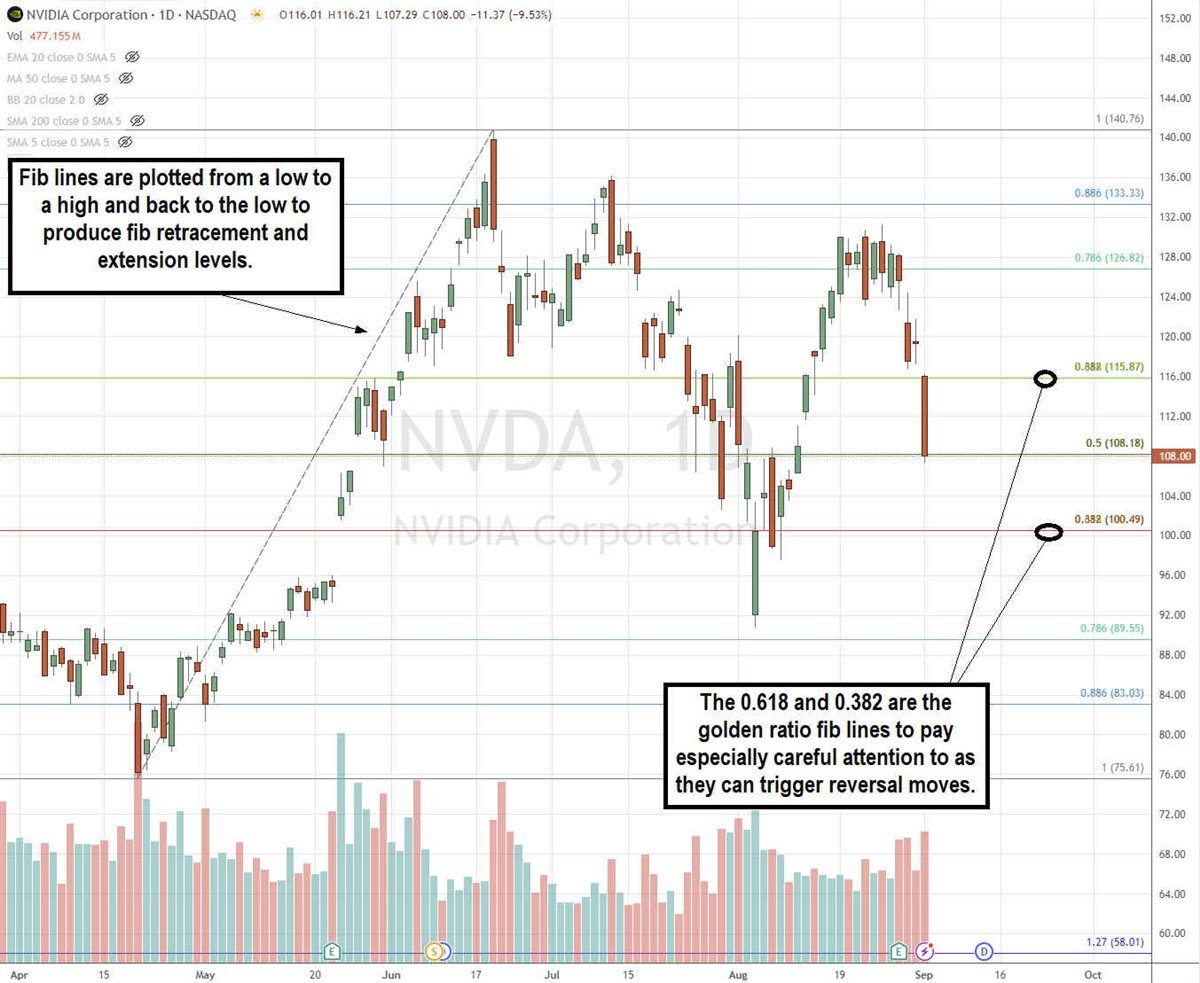
Computer and technology sector leader NVIDIA Co. (NASDAQ: NVDA) daily candlestick chart Fibs illustrate the various price inflection points.
Plotting Fibs on Your Charts
The Fibonacci price levels on a chart are referred to as Fibs. Many charting packages have drawing tools that include Fib retracement. You can use this tool to plot the Fib levels between a low and a high point on a stock. These are the mathematical support and resistance levels after applying Fibonacci ratios 0.382 or 38.2%, 0.5 or 50%, 0.618 or 61.8% golden ratio, 0.786 or 78.6%, and 0.886 or 88.6%. The extensions can be applied with 1.27, 1.414, and 1.68.
The Starting Plot Points Are Significant
The tricky part of Fib plotting is determining your starting point and which time frame(s) to use. Additionally, plotting too many Fibs will result in a lot of noise in the form of numerous lines. Using a 60-minute chart with swing highs and lows is a good starting point for intraday traders. Swing traders can use the weekly and daily charts to swing highs and lows. Plot the swing low to the swing high, then plot the swing high back to the swing low.
Pay Attention to the 0.618 and 0.382 Fib Levels
Pay special attention to the 0.618 and 0.382 Fibs, as these levels tend to have the sharpest price reactions, breakouts or rejections. When playing earnings gappers, a quick shortcut can be taken by adding a set of 5-minute Fibs plotting the prior day's 5-minute swing low into the close and opening swing high.
Fib Extensions Are Important Price Target Levels
Once you plot your Fibs, they remain static until the stock breaks the price range. By adding the extensions of 1.27, 1.414, and 1.618, your Fibs can remain effective beyond the retracement ranges. The beauty of Fib plotting is the charts will tell you if they are effective just by seeing the historical reactions at the Fib inflection points. Keep in mind that every Fib level won't be significant, nor will prices reverse and break levels exactly at the Fib price line.
Adding a Predictive Element With Fibs on the Charts
Regardless of your trading methodology, Fibs add a predictive element to the price indicators that may not be visible with other pricing indicators like moving averages, Bollinger Bands, and pivots. Fibs are the most effective when price levels overlap with other pricing indicators, like a 200-period moving average, to present multi-layered support or resistance levels. This enables traders to prepare for a price reaction and anticipate initial reversions to fade or breakout and breakdown levels to enter.
Fibs Should Prove Their Worth
While not always right, Fibs tend to be right more often than not. Pay attention to how the Fib levels act as support and resistance levels. Fibs are the core measurement component for harmonic patterns and Elliott Wave trading. Some of the applications can be obscure and they come with plenty of critics. We like to stick with what works in current markets, and anything that can provide an edge is worth including in the trading methodology. Take them for a test drive and see for yourself if they are worthwhile.
Say these two simple sentences each week and FLOOD your account with cash
Most people have never heard of Jim Fink.
Behind his humble demeanor and insistence on personal privacy... is a big secret.
A trading strategy that has not taken a single loss this year.
In fact, it has a 97% accuracy at closing out winners – for 8 years running.
Top 3 Stocks to Outperform the S&P 500 in a Downturn
When a bear market occurs, it’s not impossible to find places to preserve or even grow wealth in the stock market. Some companies naturally have aspects of their business that allow them to perform well when it feels like all the market wants to do is fall. We’ll look at three stocks that have historically been able to do this.
Specifically, these stocks outperformed the S&P 500’s return in 2008 and 2022, the two worst calendar year bear markets seen in recent history. In those years, the index’s total return was -37% and -18%, respectively.
We’ll examine what aspects of the companies' businesses help make them resistant to a downturn. Emphasis will be placed on companies that pay a healthy dividend—a potentially more stable source of return in a bear market.
General Mills: Feeding Portfolios in Bear Markets
First up is General Mills (NYSE: GIS). As a maker of dry cereals, snacks, and other food products, the company is in the consumer staples sector. This sector is largely defined by companies that sell products deemed essential to consumers. This means the sales of the products, and thus the companies’ profits, are less likely to face significant negative impacts due to a bad economy. Food products are one of the last items to get crossed off a family’s list when tough financial decisions must be made.
The returns of General Mills in 2008 and 2022 show that the company was able to withstand these difficult periods. The stock provided a total return of 9% and 28% in those years.
Even when banking off the underlying business model of a company to provide stability, valuation still matters. General Mills' forward price-to-earnings (P/E) ratio of 16x is below average compared to other U.S. consumer staples firms and well below 30x for a firm like Walmart. The company’s 3.4% dividend yield is also not too shabby.
Omega Healthcare Investors: Providing Stability to Lives and Portfolios in a Downturn
Omega Healthcare Investors (NYSE: OHI) operates as a real estate investment trust (REIT), owning a portfolio of skilled nursing and assisted living facilities. This business model naturally offers some protection against economic downturns.
Many seniors would see their health rapidly deteriorate and may even pass away if they were to stop living in these facilities. This makes it hard for seniors to leave the facilities, even in a downturn. However, there is still an effect. Omega’s revenue declined by 17% in 2022, but total returns remained solid at 3%. In 2008, OHI’s total return was 7%. Omega’s 6.5% dividend yield also provides a solid base of return in a falling market.
A tailwind for OHI is the high demand for assisted living. Senior citizens make up an increasingly large percentage of the U.S. population, and it’s projected that over 800,000 new senior living units will need to be built to keep up with demand by 2030.
In general, real estate also tends to be a solid place to be in a downturn. People need a place to live, regardless of the state of the economy. However, be aware that not all REITs pay off in a downturn. Hotel and office space REITs can suffer as people cut back on travel or businesses look to reduce costs.
Essential Utilities: Resources People Can't Go Without
Essential Utilities (NYSE: WTRG) operates a crucial network of water, wastewater, and natural gas services across the U.S., underscoring its importance through its very name. Again, these are resources and services people need to live their lives despite the ebbs and flows of the market or economy.
The company saw solid revenue and adjusted earnings per share (EPS) growth in 2022. These figures increased 22% and 8%, respectively, that year. While the total returns of 0% and -9% in 2008 and 2022 aren’t overly impressive, they still far exceed the deep declines seen by the broad market in those years. The company’s 3.1% dividend yield contributes to its stability.
Another aspect that makes regulated utilities like Essential more stable in a downturn is their agreements with governments. The agreements allow companies to charge high enough rates to cover their costs and provide their shareholders with a reasonable return. Governments agree to these arrangements to ensure citizens still have access to key resources like water no matter what.


